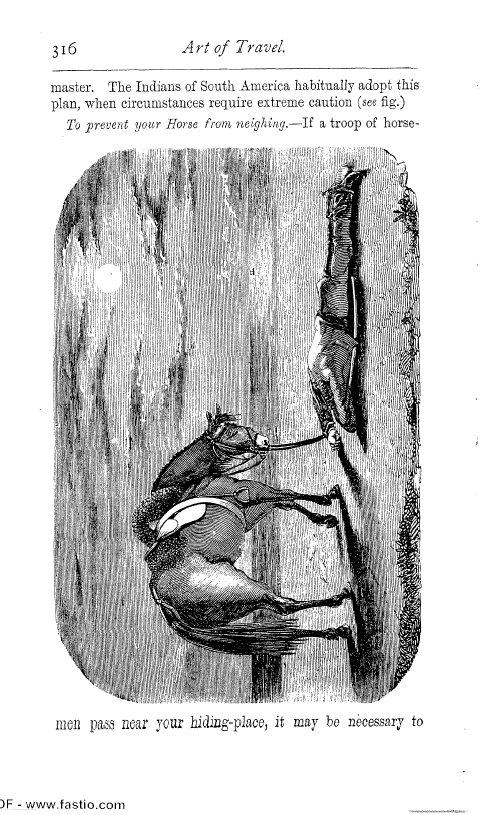In Zanzibar, late in 1856, Richard F. Burton and a caravan of porters prepared to venture into the heart of Africa’s interior to search for the source of the Nile River. A ropy knot of scar tissue shined on Burton’s cheek—a souvenir from his most recent expedition, upon which he caught a spear to the face during an ambush by Somali tribesmen.
An English diplomat on the island tried to warn Burton against pressing his luck a second time. The diplomat told Burton that a wandering French naval officer recently had been taken prisoner by tribal warriors. The natives had tied the luckless pilgrim to a tree and lopped off his limbs, one by one. The warriors, after dramatically pausing to sharpen their knives, relieved the Frenchman of his misery by slicing off his head. A true story, the diplomat insisted.
Burton wasn’t fazed. Severed limbs, rolling heads—even the grisliest of portents couldn’t deflate his spirit, not before a journey into uncharted territory. He’d spent his life cultivating a world-worn persona that confronted anything resembling naïveté with open hostility, but a blank space on a map could reduce him to giddiness: “Of the gladdest moments in human life, methinks, is the departure upon a distant journey into unknown lands,” he wrote in his journal before that trip inland. “The blood flows with the fast circulation of childhood.”
Africa, as it turned out, would wring much of that blood out of him. In the months ahead he would suffer partial blindness, partial paralysis, sizzling fevers. Hallucinations crowded his brain with ghosts. A swollen tongue got in the way of eating. But the bottom line: he would survive to explore again. And years later, flipping through that worn journal from 1856, he would pass retrospective judgment on his pre-expedition enthusiasm: “Somewhat boisterous,” he concluded, “but true.”
This kind of aimless gusto for all things unexplored defined the golden age of inland travel, which roughly coincided with Queen Victoria’s reign (1837-1901) in England. It’s no coincidence that these were the same years when steamships and telegraphs began to shrink the globe. Industrialization transformed urban landscapes and fueled the expansion of colonial empires. Railroads standardized the world’s clocks, and a new strain of hurried angst—what poet Matthew Arnold labeled “this strange disease of modern life”—began to devour souls by the millions.
Enter a new breed of adventurous explorer, which Burton perfectly exemplified. These men filled the membership rolls of the “geographical societies” that started to pop up in London, New York, Paris, Berlin, and most other capitals of the industrialized world. Geographical expeditions became the antidote to an increasingly ordered, regulated, and unmysterious way of life....
You have reached your article limit
Sign up for a digital subscription and continue reading all new issues, plus our entire archives, for just $1.50/month.
Already a subscriber? Sign in





